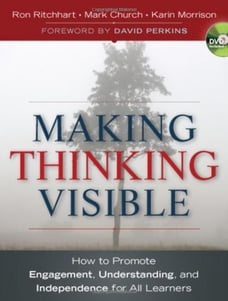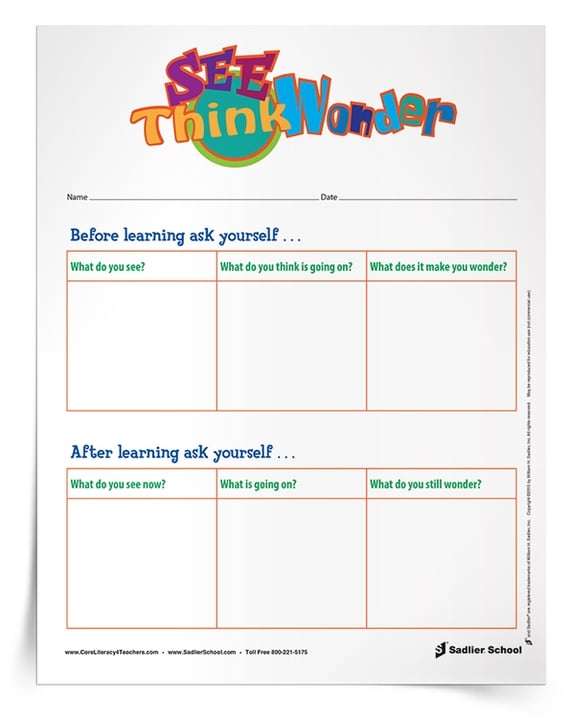1.800.221.5175
Mathematics
Sadlier PreK with Wiley Blevins
Knowledge-Building Early Childhood Program
Preview
|
Progress Mathematics
Grades K–8
Reading & Writing
From Phonics to Reading
Grades K–3
Building Reading Success with Wiley Blevins
Grades K–5
Vocabulary
Vocabulary Workshop, Tools for Comprehension
Grades 1–5
Vocabulary Workshop Achieve
Grades 6–12+
|



 Here is a brief synopsis of the book: Beginning at Harvard's Project Zero, Visible Thinking is a research-based approach to teaching students thinking skills. Visible Thinking is about teaching students “thinking routines" to improve thinking and comprehension abilities. By making thinking visible students can discuss and reflect on their own thinking, as well as, the thinking of their peers. Through reflective thinking and discourse a deeper understanding of the topic or subject should increase.
Here is a brief synopsis of the book: Beginning at Harvard's Project Zero, Visible Thinking is a research-based approach to teaching students thinking skills. Visible Thinking is about teaching students “thinking routines" to improve thinking and comprehension abilities. By making thinking visible students can discuss and reflect on their own thinking, as well as, the thinking of their peers. Through reflective thinking and discourse a deeper understanding of the topic or subject should increase.
